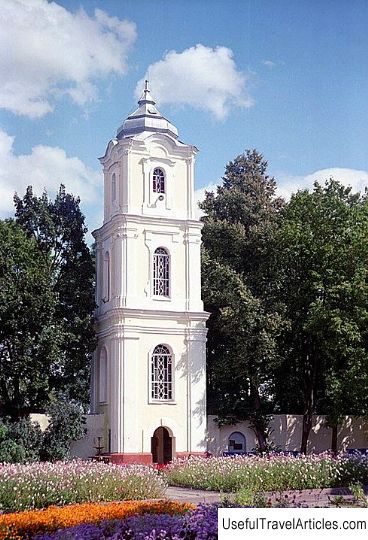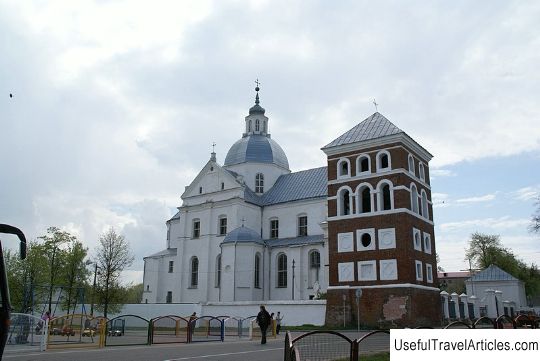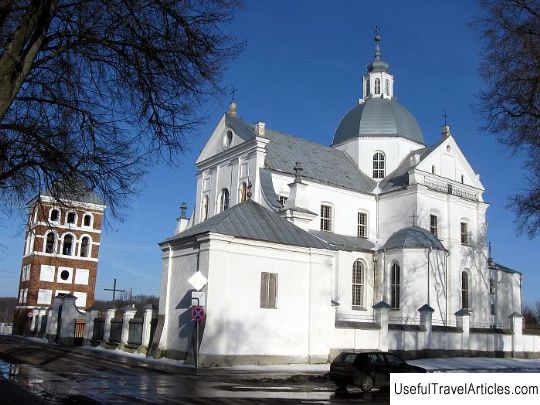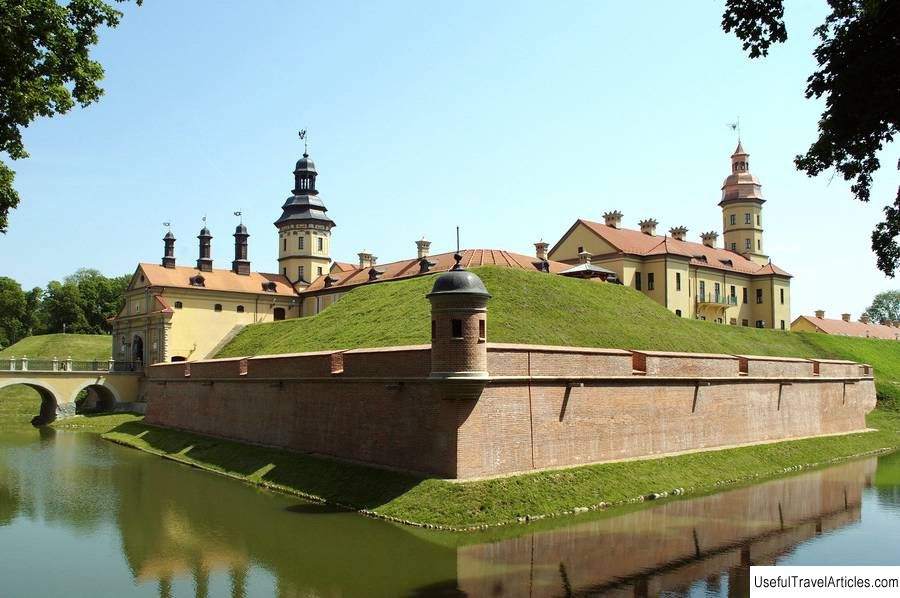Former Benedictine monastery description and photos - Belarus: Nesvizh
Rating: 8,2/10 (789 votes) 
Former Benedictine monastery description and photos - Belarus: Nesvizh. Detailed information about the attraction. Description, photos and a map showing the nearest significant objects. Photo and descriptionThe former Benedictine monastery in the town of Nesvizh was built in 1593-1596. The project for the monastery was made by the famous Italian architect Jan Maria Bernardoni. The monastery was consecrated in 1597 by the Bishop of Samogit, Melchior Giedroyc. The monastery was patronized and supervised by the wife of Prince Radziwill the Orphan - Elzbieta Euphemia. Together with the monastery, the Catholic Church of St. Euphemia, the patroness of the princess, was built. The ashes of Elzbieta Euphemia and her two daughters Catherine and Christina were buried in the tombs of this church. The monastery was built on an elevated place, from where all approaches to the city of Nesvizh could be seen. It was part of the defensive structures in case of an enemy attack. In 1866, the monastery was abolished by the tsarist authorities, due to the tightening of measures against the Catholic Church on the territory of the Kingdom of Poland, which became part of the Russian Empire after the partition of the Commonwealth. After Nesvizh passed under Polish jurisdiction in 1920, the monastery was reopened. It operated until 1945, when the fascist troops were expelled from the city. Soviet officials immediately closed the monastery, and the nuns were expelled. Within the walls of the former Benedictine monastery, the Yakub Kolas Pedagogical School was located. The school has its own hostel. Basically, it is inhabited by girls. There is a legend about the Black Nun, once tortured in a monastery by either the Gestapo or the NKVD, whose methods of work were the same. She keeps walking along the corridors and rattling keys.        We also recommend reading Assumption Cathedral on Gorodok description and photo - Russia - Moscow region: Zvenigorod Topic: Former Benedictine monastery description and photos - Belarus: Nesvizh. |




